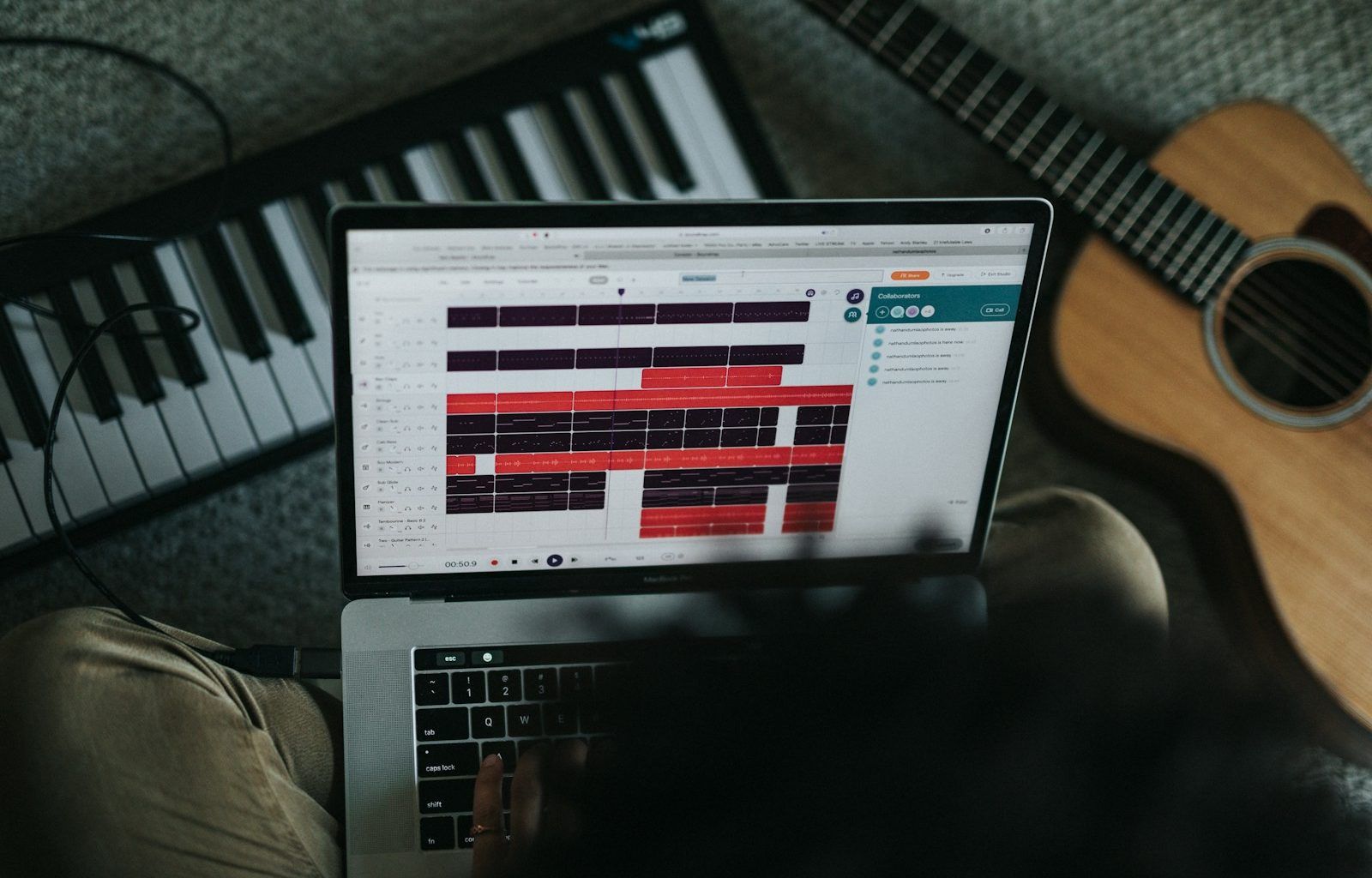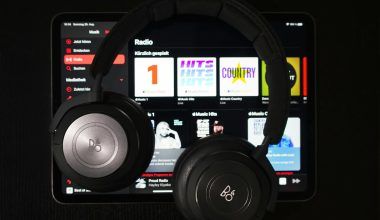If you’re an independent artist, getting your music out to the world is your ultimate goal. You want listeners across the globe to enjoy your track on platforms like Spotify, Apple Music, YouTube Music, and more. But what if you don’t want to use a music distributor? Don’t worry! You can still upload your track on all streaming platforms without a distributor. Here’s a detailed, easy-to-follow guide to help you do just that.
Why Skip the Distributor?
Distributors can be helpful, but they often charge fees or take a percentage of your royalties. For independent artists on a budget, this can feel limiting. By skipping the distributor, you keep full control over your earnings and your music. Plus, you learn the ins and outs of the industry along the way.
Getting Started: What You Need Before Uploading
Before you dive in, make sure you have the essentials ready:
- High-Quality Audio File: Ensure your track is professionally mixed and mastered. Most platforms require a WAV file (16-bit/44.1 kHz).
- Cover Art: Create eye-catching artwork for your track. The standard size is 3000×3000 pixels in a JPG or PNG format.
- Metadata: This includes the track title, artist name, album name (if applicable), and genre.
- Lyrics: If your track has lyrics, prepare them for platforms that support lyric integration.
With these basics in place, you’re ready to move on.
Direct Upload Options for Popular Platforms
Spotify
Spotify’s “Spotify for Artists” platform allows direct uploads in some regions. Here’s how:
- Sign up for a Spotify for Artists account.
- Verify your artist profile to gain access.
- Use the upload feature to add your track. Include your metadata and cover art.
- Review the terms and submit. Your track will undergo a quick review before going live.
If direct uploads aren’t available in your area, consider using third-party services that allow Spotify access without traditional distribution.
Apple Music
Uploading directly to Apple Music requires joining their “Apple Music for Artists” program. Follow these steps:
- Create an Apple ID if you don’t already have one.
- Sign up for Apple Music for Artists and claim your artist profile.
- Use Apple’s “iTunes Producer” software to upload your track. This free app lets you add all necessary details.
- Submit your track for review.
YouTube Music
YouTube Music syncs with YouTube uploads. To get your track on YouTube Music:
- Create a YouTube channel if you don’t already have one.
- Upload your track as a video file. Pair it with your cover art for a simple visual.
- Use YouTube’s “Advanced Settings” to categorize your upload as music.
- Your track will automatically appear on YouTube Music.
SoundCloud
SoundCloud remains one of the easiest platforms for direct uploads. Here’s how:
- Create a SoundCloud account.
- Click the “Upload” button and select your track.
- Add metadata, cover art, and tags to help listeners find your music.
- Publish your track.
SoundCloud also offers a monetization program if you want to earn revenue from streams.
Alternative Platforms to Consider
Besides the big names, there are several platforms where you can upload your track without a distributor:
- Bandcamp: Perfect for selling music directly to fans.
- Audiomack: A rising platform for independent artists.
- Mixcloud: Great for DJs and long-form mixes.
- ReverbNation: A platform for growing your fanbase.
Each platform has its own upload process, but most are user-friendly and cater specifically to indie artists.
Maximizing Your Reach Without a Distributor
Now that your track is live, it’s time to promote it. Here are some tips to maximize your reach:
- Social Media: Share your track across Instagram, Twitter, TikTok, and Facebook. Engage with your followers and encourage them to share.
- Email List: If you have a mailing list, let your subscribers know about your release.
- Collaborations: Partner with other artists or influencers to expand your audience.
- Playlists: Submit your track to playlists on Spotify, YouTube, and other platforms.
Handling Royalties and Earnings
Uploading without a distributor means you’ll need to manage royalties yourself. Most platforms have built-in royalty systems, but you might want to consider registering your track with a performance rights organization (PRO) like ASCAP or BMI. This ensures you get paid for streams and performances.
Staying Organized
When uploading to multiple platforms, keeping track of your releases is crucial. Use a spreadsheet or music management app to note:
- Upload dates
- Platform-specific login details
- Royalty payment schedules
Final Thoughts
Uploading your track on all streaming platforms without a distributor might take extra effort, but the payoff is worth it. You retain complete control over your music, your brand, and your earnings. With the right approach and a bit of patience, you can successfully share your music with the world. Now, go ahead and upload your track—your audience is waiting!
Related Articles:
For further reading, explore these related articles:
- How to Release Your Video on YouTube Music in 2025
- How to Release Your Video on YouTube Music Easily
For additional resources on music marketing and distribution, visit DMT RECORDS PRIVATE LIMITED.






